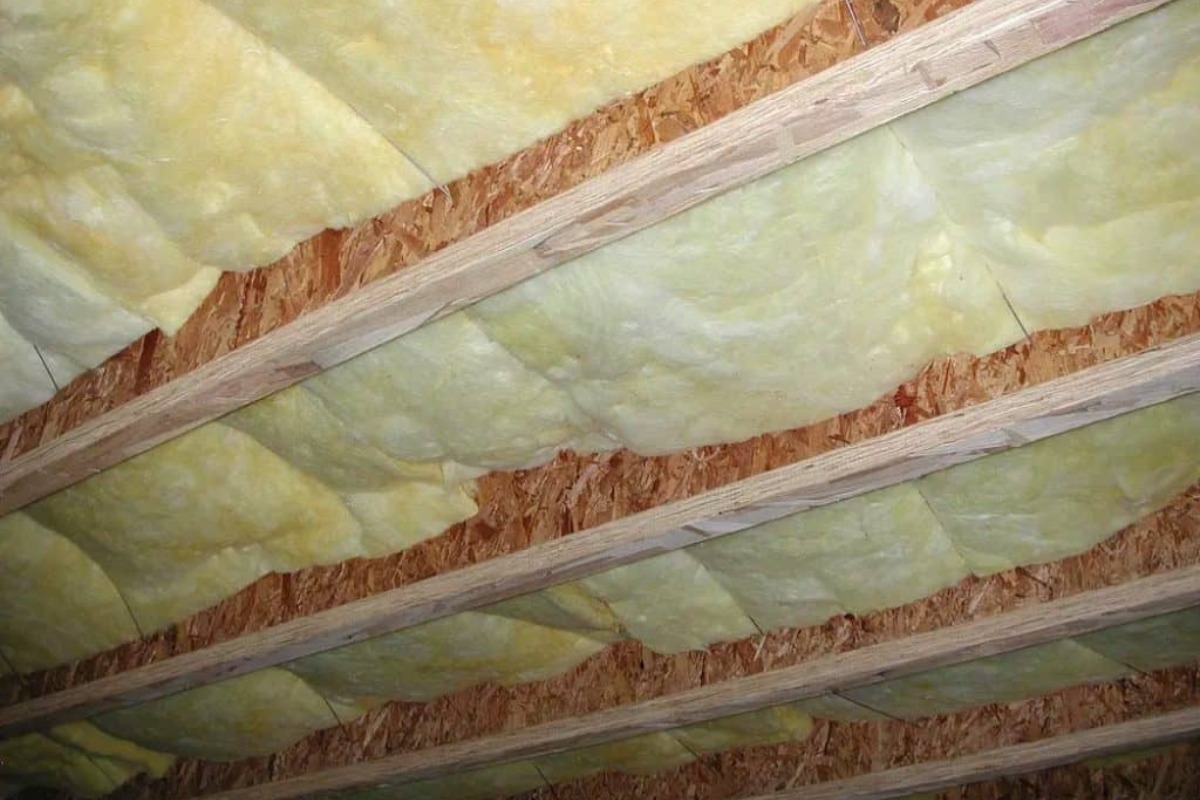

Articles
What Does R-Value Mean In Insulation
Modified: January 8, 2024
Understanding the R value in insulation is crucial for homeowners. Read our informative articles for valuable insights and guidance on this topic.
(Many of the links in this article redirect to a specific reviewed product. Your purchase of these products through affiliate links helps to generate commission for Storables.com, at no extra cost. Learn more)
Introduction
Insulation plays a crucial role in maintaining the energy efficiency and comfort of a building. It acts as a protective barrier against heat transfer, minimizing the loss or gain of heat between the interior and exterior of a structure. When it comes to insulation, one term that often comes up is R-value. But what exactly does R-value mean in insulation?
The R-value of insulation is a measure of its thermal resistance – its ability to resist the flow of heat. It quantifies how effectively the insulation material can prevent the transfer of heat from one side to another. Simply put, the higher the R-value, the greater the insulation’s resistance to heat flow.
Understanding the concept of R-value is crucial for making informed decisions when it comes to selecting and installing insulation. In this article, we will delve deeper into the significance of R-value in insulation, factors that can affect it, different types of insulation and their corresponding R-values, and how to choose the right insulation based on R-value.
Whether you’re a homeowner looking to improve energy efficiency or a building professional seeking to meet insulation standards, having a clear understanding of R-value is essential. So let’s explore the subject further and unravel the mystery behind insulation R-value.
Key Takeaways:
- Understanding R-value is crucial for selecting insulation that optimizes energy efficiency, minimizes heat transfer, and creates a comfortable indoor environment. Factors like installation quality and moisture content can impact achieved R-value.
- Debunking common misconceptions about R-value is essential to make informed decisions about insulation. It’s not just about higher R-values; factors like air sealing and insulation placement also play vital roles in optimizing energy efficiency.
Read more: What Is The R-Value In Insulation
Understanding Insulation R-Value
To truly grasp the importance of R-value in insulation, it’s important to understand how it is calculated and what it represents. R-value is determined through laboratory testing, where the insulation material is subjected to controlled conditions to measure its thermal performance. The R-value is then assigned based on the material’s ability to resist heat transfer.
R-value is generally expressed in terms of square feet per hour per degree Fahrenheit (ft²·hr·°F). The higher the R-value, the greater the insulation’s resistance to heat flow and the better its thermal insulation properties.
It’s crucial to note that R-value is generally a measure of a specific type and thickness of insulation material. Different insulation materials have different R-values, and the R-value of a specific material may vary depending on its thickness. Therefore, when comparing different insulation options, it’s important to consider both the type of insulation material and its corresponding R-value.
R-value is a fundamental metric in determining the overall energy efficiency of a building. Insulation with a higher R-value reduces the amount of heat that flows through walls, ceilings, and floors, resulting in reduced energy consumption. This, in turn, leads to lower heating and cooling costs and a more comfortable indoor environment.
It’s important to note that R-value primarily measures conductive heat transfer, which is the heat transfer through solid materials. Other forms of heat transfer, such as radiative and convective heat transfer, are not fully captured by R-value. Therefore, it’s essential to consider other factors, such as proper sealing and insulation installation, to minimize these additional heat transfer mechanisms.
Now that we have a basic understanding of how R-value is calculated and what it represents, let’s dive deeper into why R-value is crucial for effective insulation in the next section.
Importance of R-Value in Insulation
The R-value of insulation is of paramount importance when it comes to creating an efficient and comfortable indoor environment. Here are some key reasons why R-value is crucial in insulation:
Energy Efficiency: Insulation acts as a barrier to heat flow, and a higher R-value means greater resistance to heat transfer. By selecting insulation with a higher R-value, you can minimize the amount of heat that enters or escapes your home, resulting in reduced energy consumption. This translates to lower utility bills and a smaller carbon footprint.
Comfort: Insulation with a high R-value helps maintain a more stable indoor temperature. It prevents heat from escaping during the colder months and keeps heat out during the hotter months. This leads to a more comfortable living environment, as you don’t have to rely as heavily on heating or cooling systems to maintain desired temperatures.
Condensation Control: Adequate insulation and a high R-value can help prevent condensation issues within walls, ceilings, and floors. When warm air contacts a cold surface, condensation can occur, leading to dampness, mold, and even structural damage. Insulation with a high R-value reduces the temperature differential between the indoor and outdoor surfaces, minimizing the risk of condensation and its associated problems.
Noise Reduction: Insulation with a higher R-value can also help reduce noise transmission between rooms or from outside sources. It acts as a sound barrier, absorbing and dampening sound waves, resulting in a quieter and more peaceful indoor environment.
Compliance with Building Codes: Many building codes and energy efficiency standards specify minimum R-value requirements for different regions and applications. By understanding and ensuring compliance with these requirements, you can ensure that your insulation meets safety, comfort, and energy efficiency standards.
Overall, the R-value of insulation is essential for optimizing energy efficiency, maintaining comfort, controlling condensation, reducing noise, and meeting building code requirements. It is a key factor to consider when selecting insulation materials and determining the appropriate thickness or depth for different applications.
Now that we understand the significance of R-value in insulation, let’s explore the factors that can affect the R-value of insulation in the next section.
Factors Affecting R-Value
While R-value is an important metric for insulation, it’s crucial to understand that the actual R-value you achieve in real-world applications can be influenced by various factors. Here are some key factors that can affect the R-value of insulation:
Installation Quality: The effectiveness of insulation in achieving its intended R-value depends on proper installation. Gaps, voids, compression, or improper sealing can reduce the insulation’s performance and compromise its R-value. It’s important to follow manufacturer guidelines and use proper installation techniques to ensure optimal results.
Moisture Content: Moisture can significantly impact the R-value of insulation. Some insulation materials, like fiberglass, can absorb moisture, which reduces their thermal resistance. Moisture can also lead to mold growth, further compromising insulation performance. It’s crucial to maintain proper moisture control measures to preserve the R-value of insulation.
Temperature: Extreme temperatures can affect the R-value of certain types of insulation. Some materials, such as foam boards, can experience a decrease in R-value at low temperatures, while others, like fiberglass, may see a slight increase in R-value as temperatures drop. Understanding the temperature sensitivity of different insulation materials is important when planning and selecting insulation for specific applications.
Compression and Settling: Over time, some types of insulation may compress or settle, reducing their thickness and compromising their R-value. This can occur in materials like loose-fill insulation or batt insulation. Regular inspections and maintenance can help identify and address compression or settling issues to maintain the desired R-value of insulation.
Air Infiltration: Air leakage can diminish the effectiveness of insulation and impact its R-value. Gaps, cracks, and unsealed areas allow air to infiltrate, leading to heat transfer and reducing the overall thermal resistance of the insulation system. Proper air sealing measures, such as sealing gaps and using weather-stripping, are essential to maintain the intended R-value.
Material Degradation: Some insulation materials may degrade over time due to factors like aging, exposure to UV radiation, or chemical reactions. Degraded insulation materials may experience a decrease in their R-value and lose their thermal resistance properties. Regular inspections and replacement of insulation as needed can help ensure optimal R-value performance.
Thickness and Density: The thickness and density of insulation can also impact its R-value. A thicker insulation layer generally offers higher R-value because it provides more resistance to heat transfer. Similarly, denser insulation typically has a higher R-value due to increased material density. Understanding the recommended thickness and density for specific insulation materials is important in achieving the desired R-value.
By considering these factors and taking appropriate measures, such as proper installation, moisture control, air sealing, and regular maintenance, you can optimize the achieved R-value of insulation and ensure its long-term performance.
Now that we understand the factors that can affect the R-value of insulation, let’s explore the different types of insulation and their corresponding R-values in the next section.
Types of Insulation and Their R-Values
Insulation comes in various forms, each with its own unique properties and corresponding R-values. Here are some common types of insulation and their typical R-values:
Fiberglass Insulation: Fiberglass insulation is one of the most popular and widely used insulation materials. It consists of tiny glass fibers and is available in batts, rolls, or loose-fill forms. The R-value of fiberglass insulation typically ranges from R-2.9 to R-3.8 per inch.
Cellulose Insulation: Cellulose insulation is made from recycled paper or wood fibers treated with fire retardants. It is commonly used in attics and wall cavities. The R-value of cellulose insulation typically ranges from R-3.2 to R-3.8 per inch.
Spray Foam Insulation: Spray foam insulation is a versatile option that can expand and conform to irregular spaces. It forms an airtight seal and provides excellent thermal insulation. The R-value of spray foam insulation typically ranges from R-3.5 to R-7 per inch, depending on the type and application.
Rigid Foam Insulation: Rigid foam insulation, such as extruded polystyrene (XPS) or expanded polystyrene (EPS), is a durable and moisture-resistant option. It is commonly used in foundations, walls, and roofs. The R-value of rigid foam insulation typically ranges from R-4 to R-6.5 per inch.
Mineral Wool Insulation: Mineral wool insulation, also known as rock wool or slag wool, is made from melted mineral fibers. It offers excellent fire resistance and sound absorption properties. The R-value of mineral wool insulation typically ranges from R-3.0 to R-3.3 per inch.
Reflective Insulation: Reflective insulation uses materials with reflective surfaces to reduce heat transfer through radiation. It is commonly used in attics and can be combined with traditional insulation for added thermal resistance. The R-value of reflective insulation varies depending on the specific product, but it typically ranges from R-1.0 to R-2.7.
It’s important to note that the given R-values are approximate values and may vary depending on factors such as installation thickness, density, and conditions. Additionally, some insulation materials may have higher R-values than others but may also be more expensive. Consider your specific insulation needs, budget, and local climate when selecting the appropriate insulation type and corresponding R-value.
Now that we have explored the different types of insulation and their R-values, let’s discuss how to choose the right insulation based on R-value in the next section.
When considering insulation, remember that the R-value measures the material’s ability to resist heat flow. The higher the R-value, the better the insulation’s effectiveness.
Read more: What R-Value Is Blow-In Insulation
Choosing the Right Insulation Based on R-Value
When it comes to selecting insulation, considering the R-value is crucial in ensuring optimal energy efficiency and comfort. Here are some factors to keep in mind when choosing the right insulation based on R-value:
Climate: Consider the climate in your region. Colder climates require insulation with higher R-values to minimize heat loss and maintain indoor comfort. Warmer climates may prioritize insulation with a lower R-value to reduce heat gain. Understanding the specific needs of your climate will help you determine the appropriate R-value for your insulation.
Building Type: The type of building you are insulating also plays a role in determining the R-value requirements. Residential buildings, commercial structures, and industrial facilities may have different insulation needs based on factors such as occupancy, usage, and building materials. Consult local building codes and energy efficiency guidelines to determine the recommended R-value for your specific building type.
Building Envelope: Assess the areas where insulation will be installed, including attics, walls, floors, and roofs. Different areas of the building may require varying levels of insulation based on their exposure to outdoor elements. Understanding the specific R-value recommendations for each area of the building will help you make informed decisions when selecting insulation.
Energy Efficiency Goals: Consider your energy efficiency goals when choosing insulation. If your aim is to achieve a highly energy-efficient building, you may opt for insulation with higher R-values to minimize heat transfer. Energy-efficient certifications and programs, such as ENERGY STAR, may also have specific R-value requirements that you should consider for your project.
Budget: While higher R-value insulation generally provides greater thermal resistance, it may come at a higher cost. Consider your budget constraints when selecting insulation. You may need to strike a balance between achieving the desired R-value and staying within your budget. Consult with insulation professionals to explore cost-effective options without compromising energy efficiency.
Future Changes: Consider any potential future changes to your building, such as renovations or additions. If you plan to expand or modify your structure in the future, it’s wise to choose insulation with higher R-values to accommodate these changes and ensure consistent thermal performance throughout the building.
Choosing the right insulation based on R-value involves a careful evaluation of climate, building type, building envelope, energy efficiency goals, budget, and future changes. Consulting with insulation experts, architects, or energy consultants can provide valuable insights and guidance in selecting the most suitable insulation with the appropriate R-value for your specific needs.
Now that we understand how to choose the right insulation based on R-value, let’s explore the recommended R-values for different areas in the next section.
R-Value Recommendations for Different Areas
The recommended R-value for insulation can vary depending on the specific area of the building and its exposure to outdoor elements. Here are some general R-value recommendations for different areas:
Attics: Attics are one of the key areas where insulation is installed to prevent heat transfer between the living space and the roof. For unfinished attics, the recommended minimum R-value ranges from R-38 to R-60, depending on the climate zone. In colder climates, higher R-values are typically recommended to provide better insulation against heat loss.
Walls: In exterior walls, the recommended R-value varies depending on the climate zone and the type of construction. For example, in colder climates, the recommended R-value for exterior walls can range from R-13 to R-30. In warmer climates, the recommended R-value may range from R-5 to R-15. It’s important to consider local building codes and energy efficiency guidelines for specific recommendations.
Floors: The recommended R-value for floors depends on whether they are above unconditioned spaces (like an unheated basement or crawl space) or on the ground level. For floors above unconditioned spaces, the recommended R-value ranges from R-13 to R-30, depending on the climate zone. For ground-level floors, the recommended R-value may range from R-5 to R-25, based on the specific location.
Roofs: Similar to attics, the recommended R-value for roofs depends on the climate. For unconditioned roofs, the recommended minimum R-value ranges from R-25 to R-49. In colder climates, higher R-values are typically recommended to prevent heat loss. It’s important to consider the specific requirements outlined in local building codes and energy efficiency standards.
These are general recommendations, and it’s important to consult local building codes, energy efficiency programs, and professionals familiar with regional climate conditions. They can provide more specific R-value requirements based on the unique characteristics of your location. Additionally, technologies and building practices continuously evolve, so staying updated with the latest guidelines will ensure you make informed decisions regarding insulation R-values.
Now that we understand the recommended R-values for different areas, let’s explore how to evaluate the R-value of existing insulation in the next section.
Evaluating the R-Value of Existing Insulation
Assessing the R-value of existing insulation is crucial in determining its effectiveness and identifying whether any improvements are necessary. Here are several methods to evaluate the R-value of existing insulation:
Visual Inspection: Start by visually inspecting the insulation in various areas of your building. Look for signs of damage, deterioration, or compression, as these issues can impact the insulation’s thermal resistance. Check for any gaps, holes, or areas where insulation may be missing or improperly installed.
R-Value Testing: Consider hiring a professional insulation contractor or energy auditor to conduct an R-value test. This involves using specialized equipment to measure the thermal resistance of the insulation. They will typically perform tests in multiple locations to provide an average R-value for the insulation system.
Infrared Imaging: Infrared thermal imaging can help identify areas of insulation gaps, air leakage, or inadequate coverage. Thermographic cameras can detect temperature differences and provide a visual representation of potential insulation issues. This method can help pinpoint areas that may require additional insulation or sealing.
Age and Condition: Consider the age and condition of your existing insulation. Over time, insulation can degrade, settle, or become less effective. If your insulation is outdated or shows signs of deterioration, it may be necessary to upgrade or replace it to improve the overall R-value and thermal performance.
Past Energy Bills: Review your energy bills and compare them to local averages and energy-efficient homes in your area. If your energy bills are consistently higher than expected, it may indicate that your insulation is not providing adequate thermal resistance. Improving the R-value by adding more insulation or upgrading existing insulation can help reduce energy consumption and lower your utility bills.
Consultation with Professionals: Seeking advice from insulation professionals or energy auditors can provide valuable insights. They can assess your existing insulation, conduct tests, and provide personalized recommendations based on your specific needs and goals. Their expertise can help you make well-informed decisions regarding the R-value and performance of your insulation.
Regular evaluation of the R-value of existing insulation is important to ensure optimal thermal performance and energy efficiency. By identifying any deficiencies or gaps in your insulation, you can take appropriate steps to improve its effectiveness and maintain a comfortable indoor environment.
Now that we understand how to evaluate the R-value of existing insulation, we will debunk common misconceptions about R-value in the next section.
Common Misconceptions about R-Value
When it comes to insulation and R-value, there are several misconceptions that can lead to confusion and potential mistakes. Let’s debunk some of the most common misconceptions:
Misconception 1: A higher R-value always equals better insulation performance. While a higher R-value generally indicates better thermal resistance, it’s crucial to consider other factors such as installation quality, air sealing, and moisture control. An insulation system with a high R-value but poor installation or air leakage may not perform as effectively as one with a slightly lower R-value but proper installation and sealing.
Misconception 2: The thickest insulation is always the best option. While thickness can contribute to higher R-values, it’s important to consider the specific requirements for your building and the space available for insulation. In some cases, using insulation with a lower R-value but proper installation and air sealing may be more effective than using thicker insulation without addressing other aspects of energy efficiency.
Misconception 3: R-value is the only factor to consider for insulation performance. R-value primarily measures conductive heat transfer, but it doesn’t account for other heat transfer mechanisms such as radiation and convection. Proper air sealing, moisture control, and insulation placement are crucial in minimizing these additional forms of heat transfer. A holistic approach, considering all these factors, is necessary for optimal insulation performance.
Misconception 4: Adding more insulation always improves energy efficiency. While adding insulation can typically improve energy efficiency, there can be diminishing returns. After reaching a certain level of insulation, the additional energy savings from adding more insulation may not justify the cost and effort. It’s important to consider cost-effectiveness and local building codes when determining the amount of insulation to add.
Misconception 5: R-value requirements are the same everywhere. R-value recommendations vary based on climate, building type, and local building codes. What works in one region may not be suitable for another. It’s important to consult local guidelines or professionals familiar with local requirements to ensure proper insulation R-value compliance.
Clearing up these misconceptions helps ensure that you make informed decisions about insulation and its associated R-values. By understanding the nuances of insulation performance and considering various factors beyond R-value alone, you can optimize energy efficiency and create a comfortable indoor environment.
Now that we’ve debunked common misconceptions about R-value, let’s conclude our exploration of this crucial aspect of insulation.
Read more: What Is The R-Value Of Fiberglass Insulation
Conclusion
Understanding the concept of R-value is essential when it comes to insulation. R-value measures the thermal resistance of insulation and plays a crucial role in determining energy efficiency and comfort levels in buildings. By selecting insulation with a higher R-value, you can reduce heat transfer, lower energy consumption, mitigate condensation issues, and create a more comfortable indoor environment.
Factors such as installation quality, moisture content, temperature, compression, and air infiltration can affect the achieved R-value of insulation. It’s important to address these factors to ensure optimal insulation performance. Consider the climate, building type, and energy efficiency goals when choosing the right insulation based on R-value. Consulting professionals and staying updated with local building codes and guidelines can provide valuable insights.
Different areas of a building have varying recommended R-values. Assessing the existing insulation’s R-value through visual inspection, testing, or infrared imaging can help identify any deficiencies and opportunities for improvement. Regular evaluation ensures continuous thermal performance and energy efficiency.
It’s crucial to dispel common misconceptions about R-value, such as assuming a higher R-value always means better insulation performance. Other factors, such as installation quality and air sealing, play vital roles in insulation effectiveness. Additionally, adding more insulation might not always yield substantial energy savings, and R-value requirements can vary based on location.
In conclusion, understanding and considering R-value in insulation is a vital part of creating energy-efficient, comfortable, and sustainable environments. By making informed decisions based on R-value recommendations, evaluating existing insulation, and addressing misconceptions, you can achieve optimal thermal performance and reap the benefits of reduced energy consumption and enhanced indoor comfort.
Frequently Asked Questions about What Does R-Value Mean In Insulation
Was this page helpful?
At Storables.com, we guarantee accurate and reliable information. Our content, validated by Expert Board Contributors, is crafted following stringent Editorial Policies. We're committed to providing you with well-researched, expert-backed insights for all your informational needs.
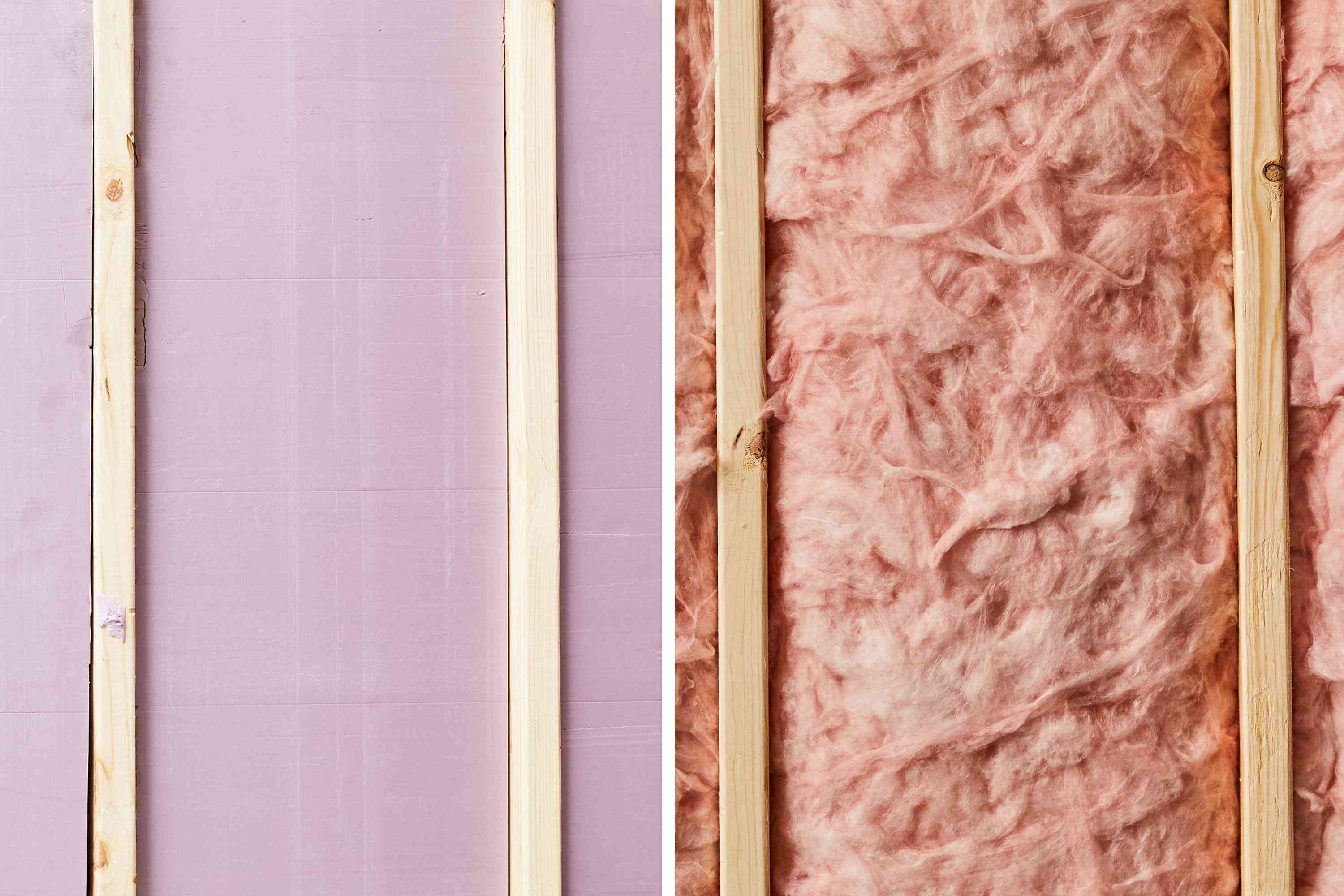
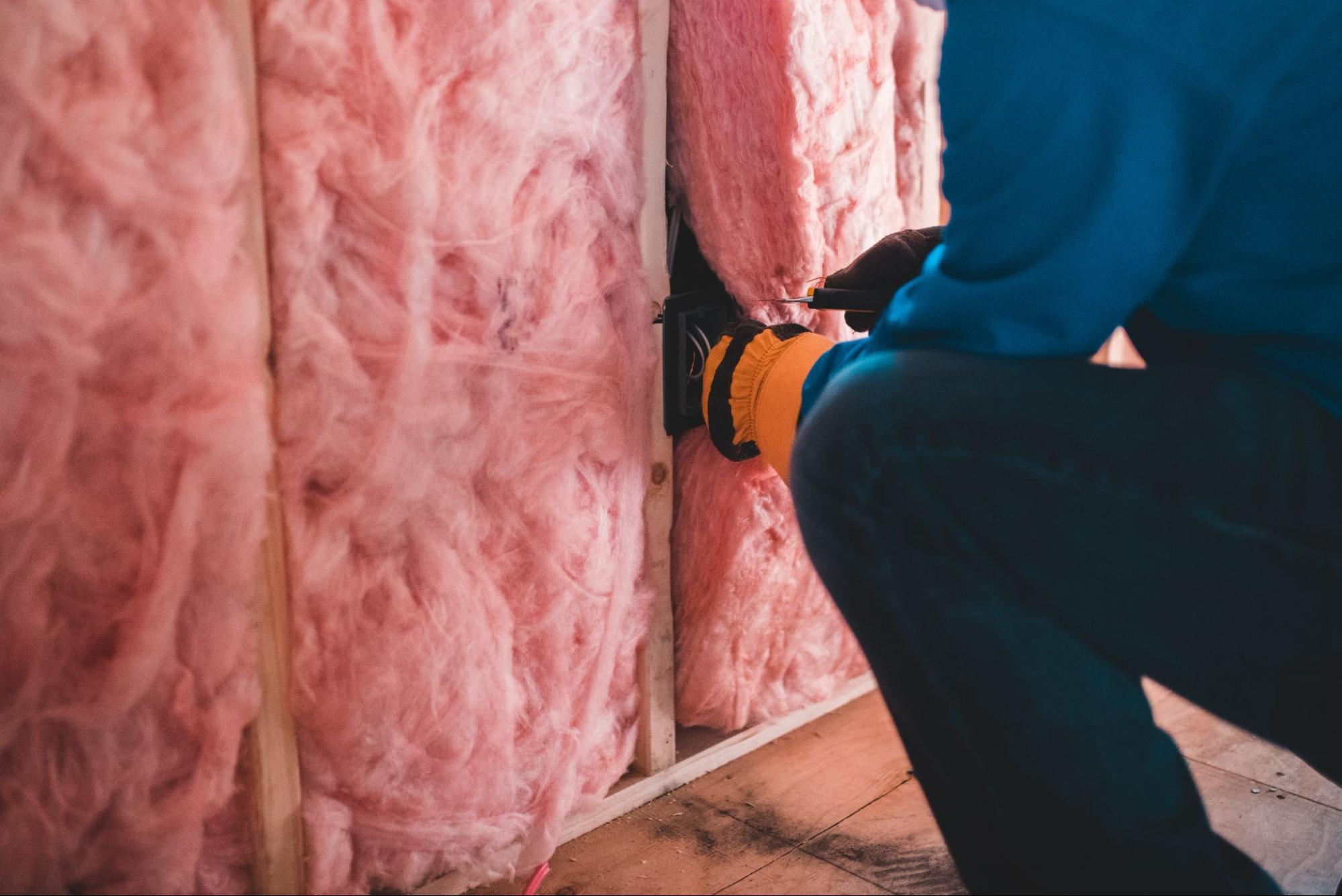
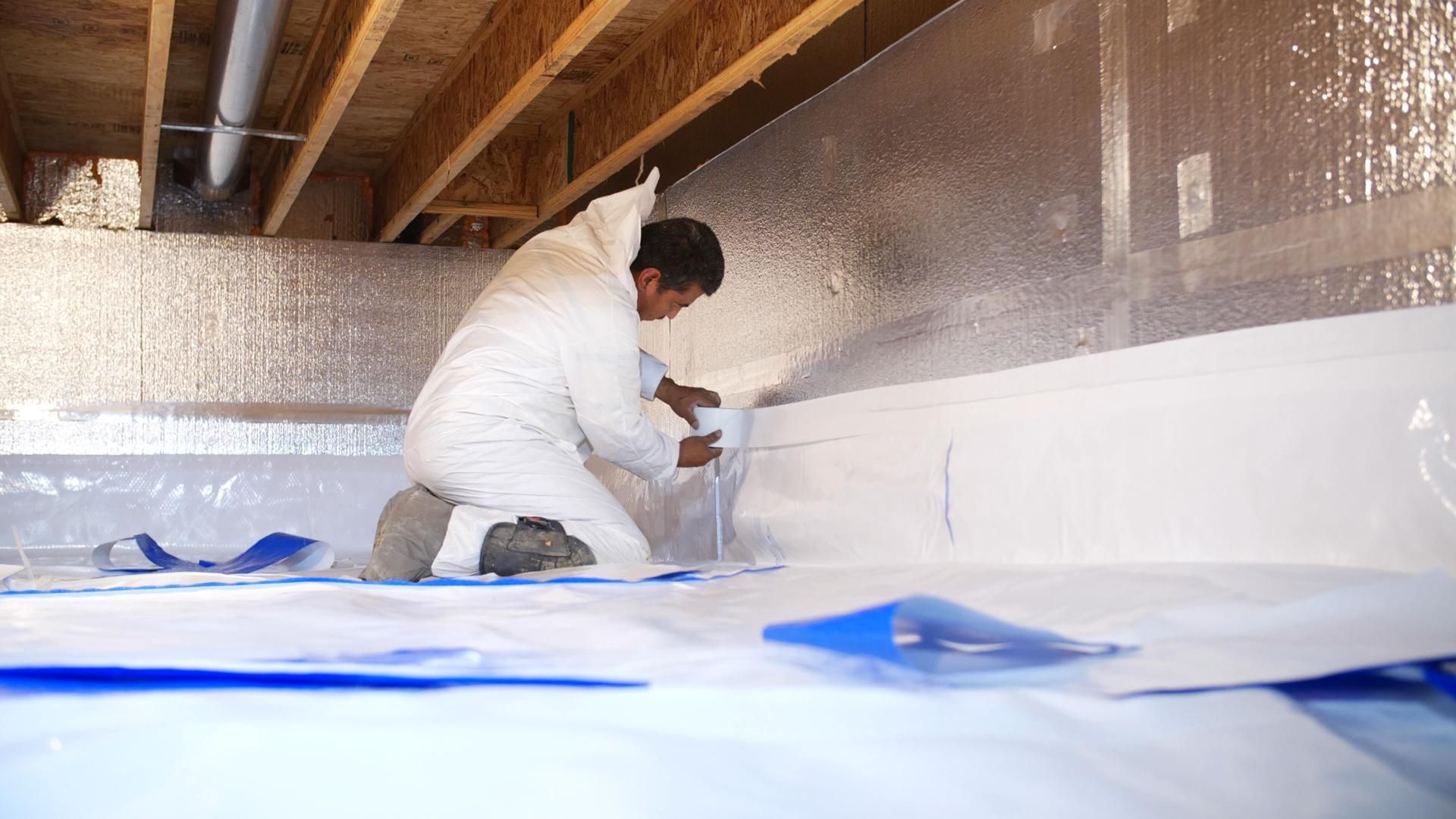
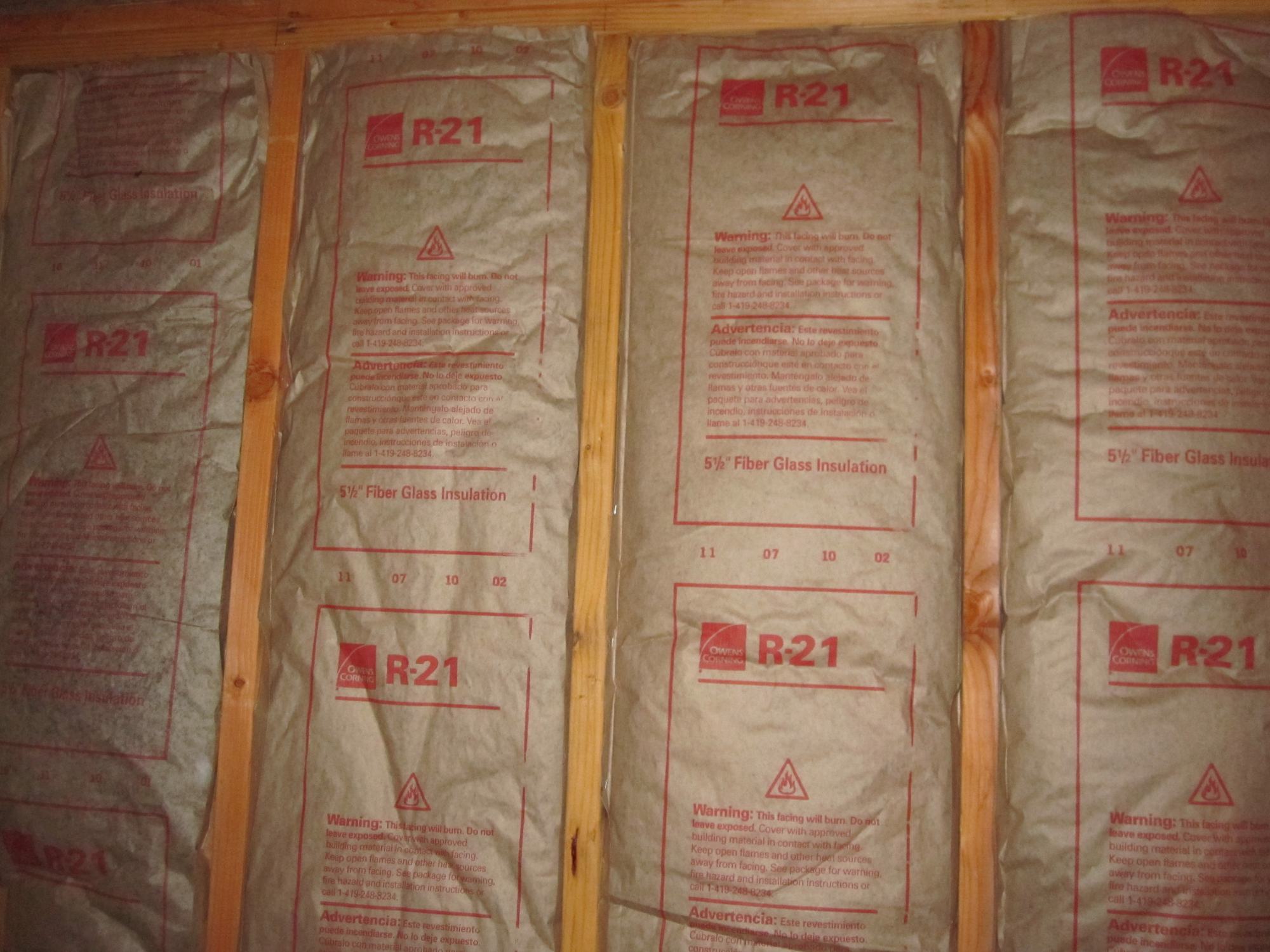
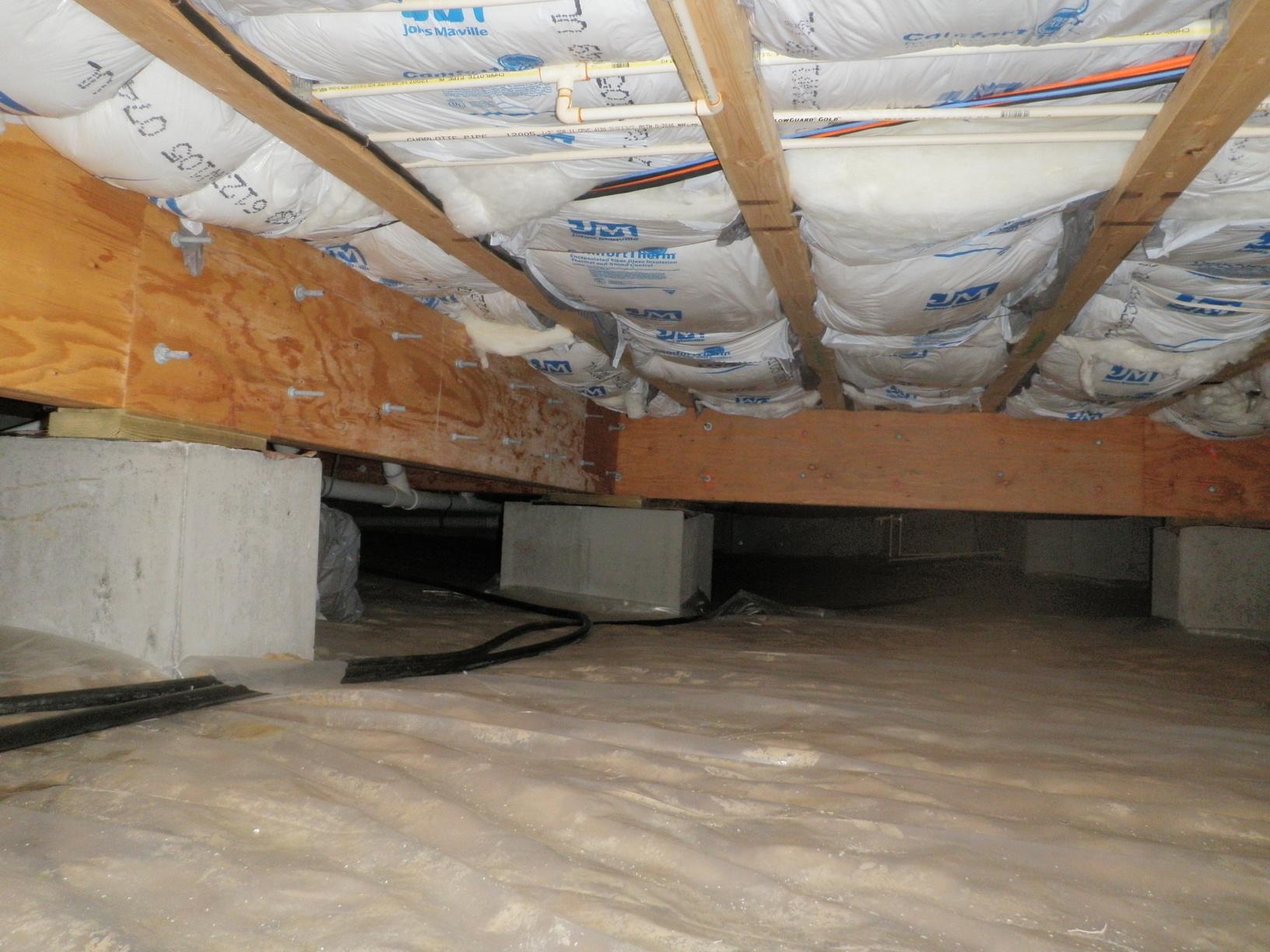
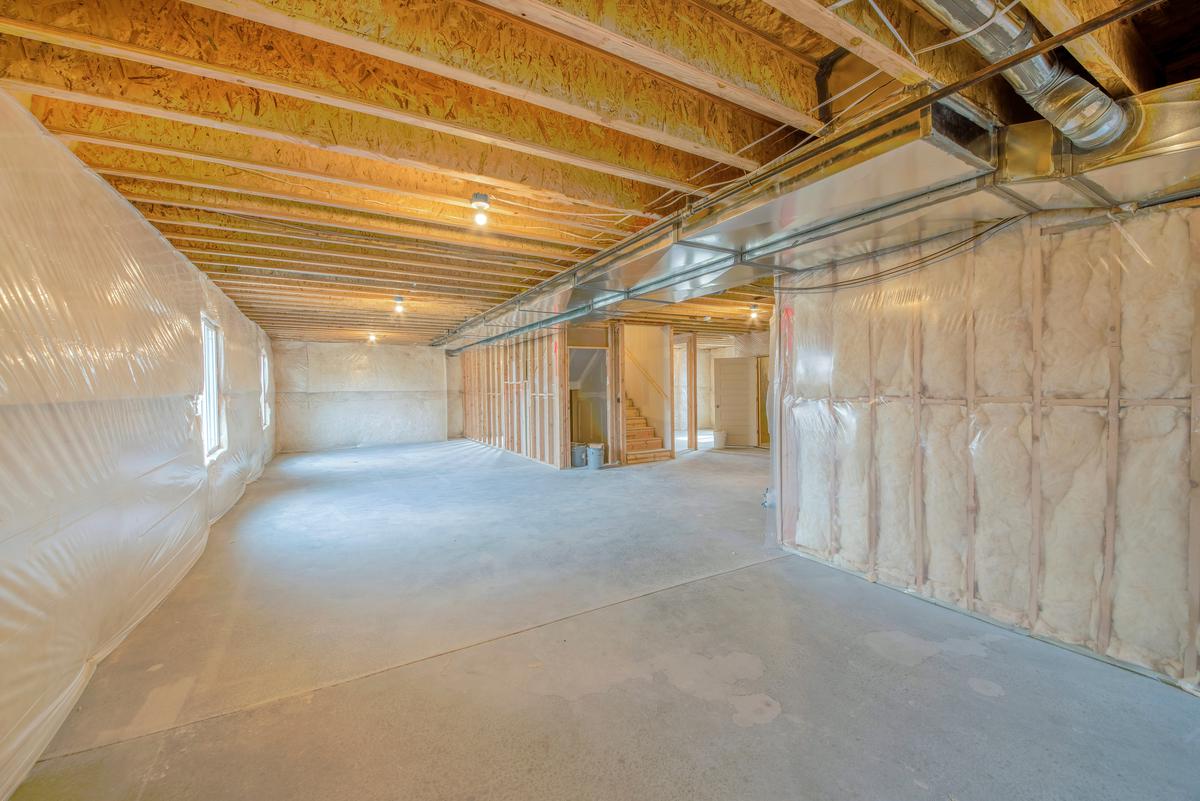
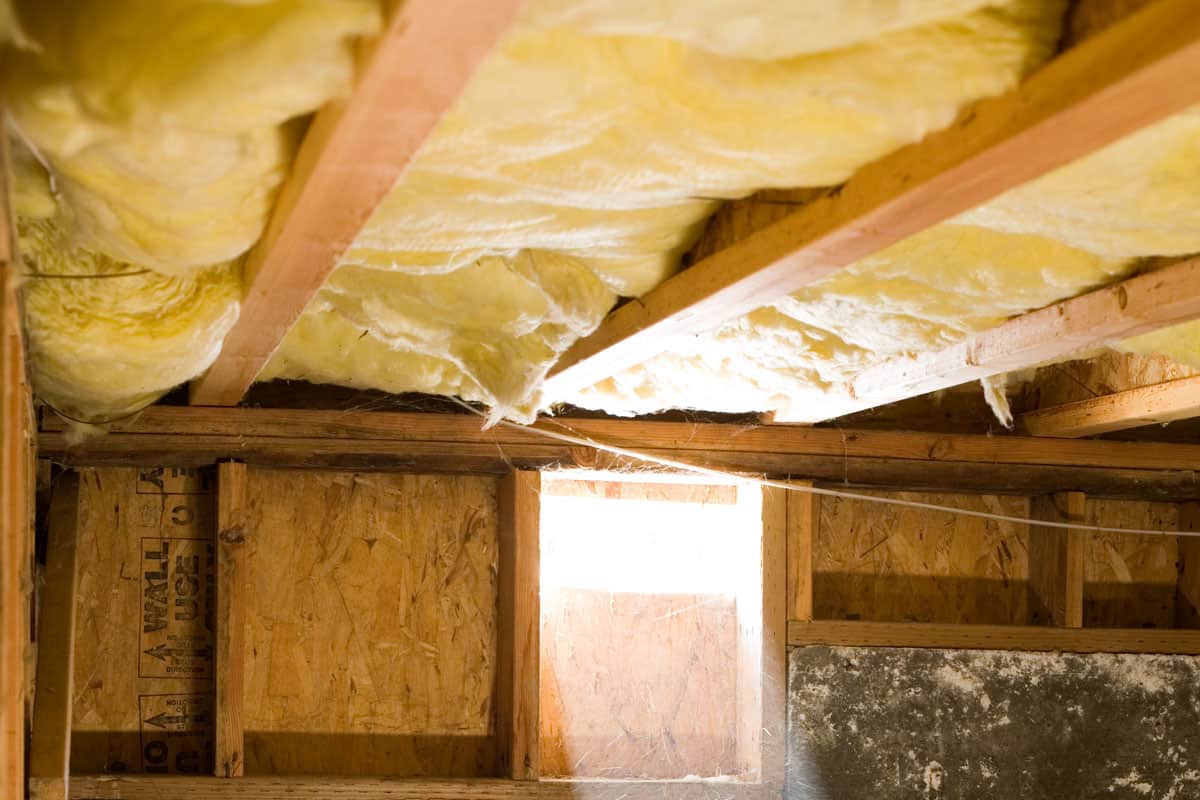
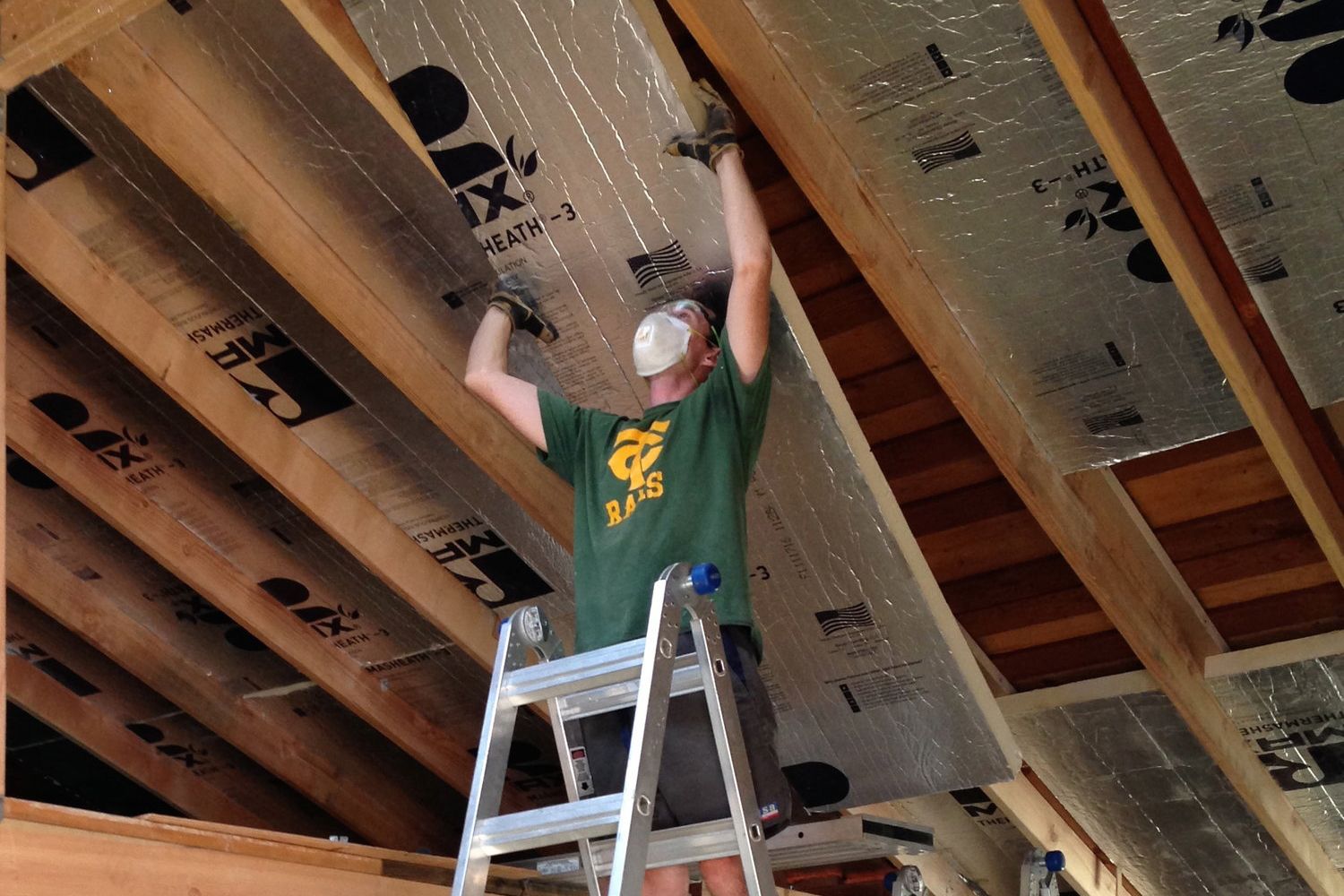
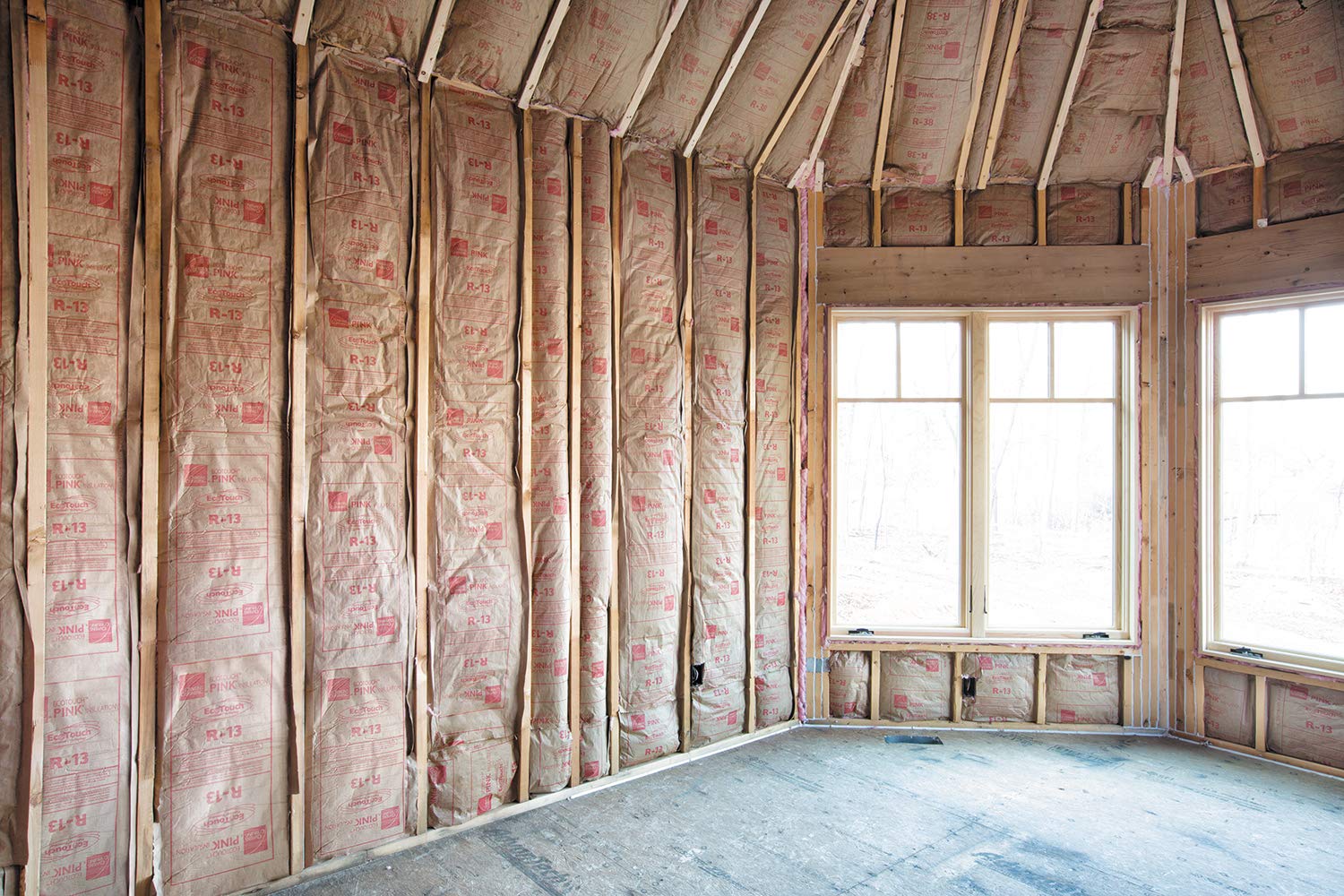
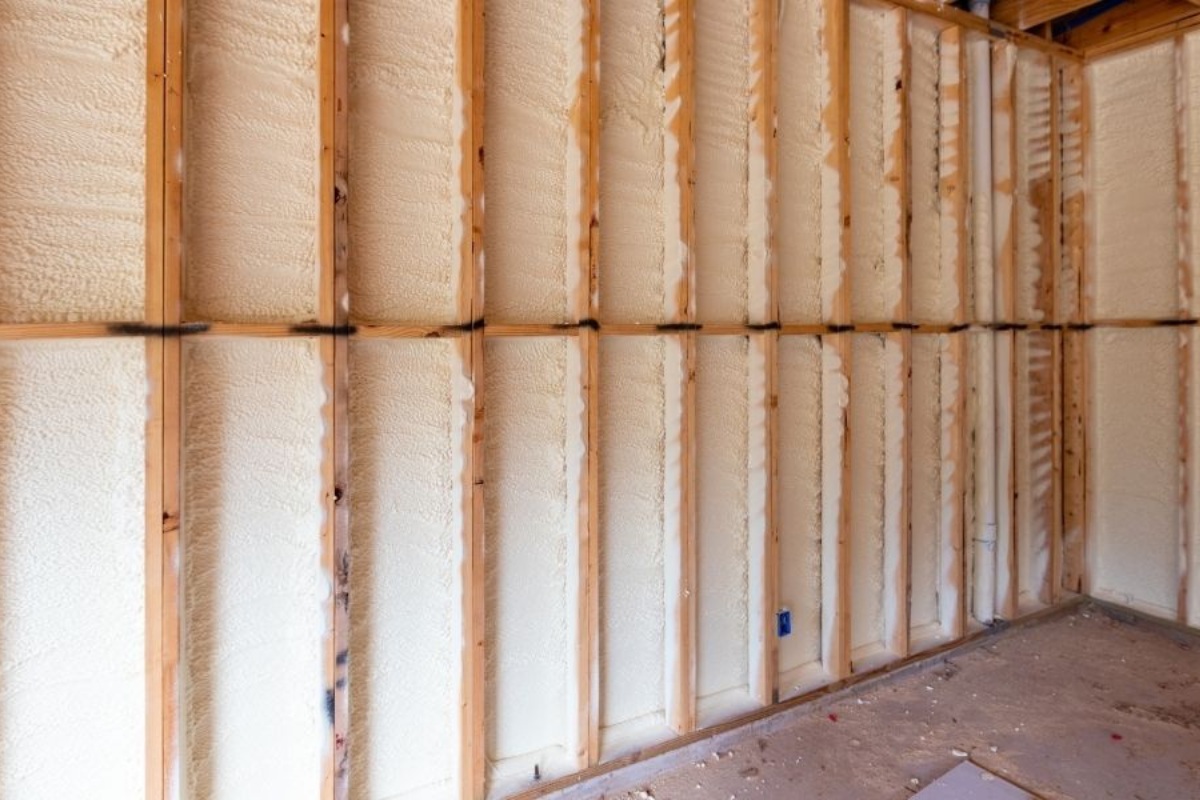
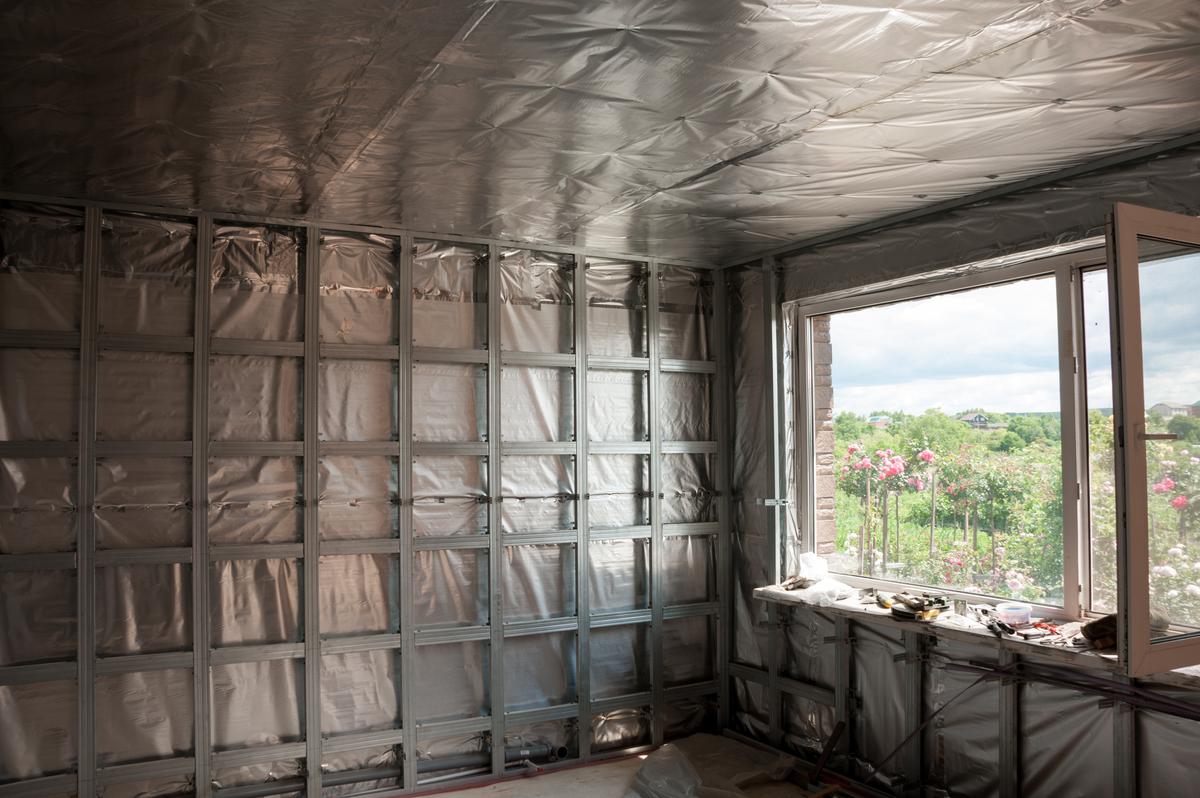
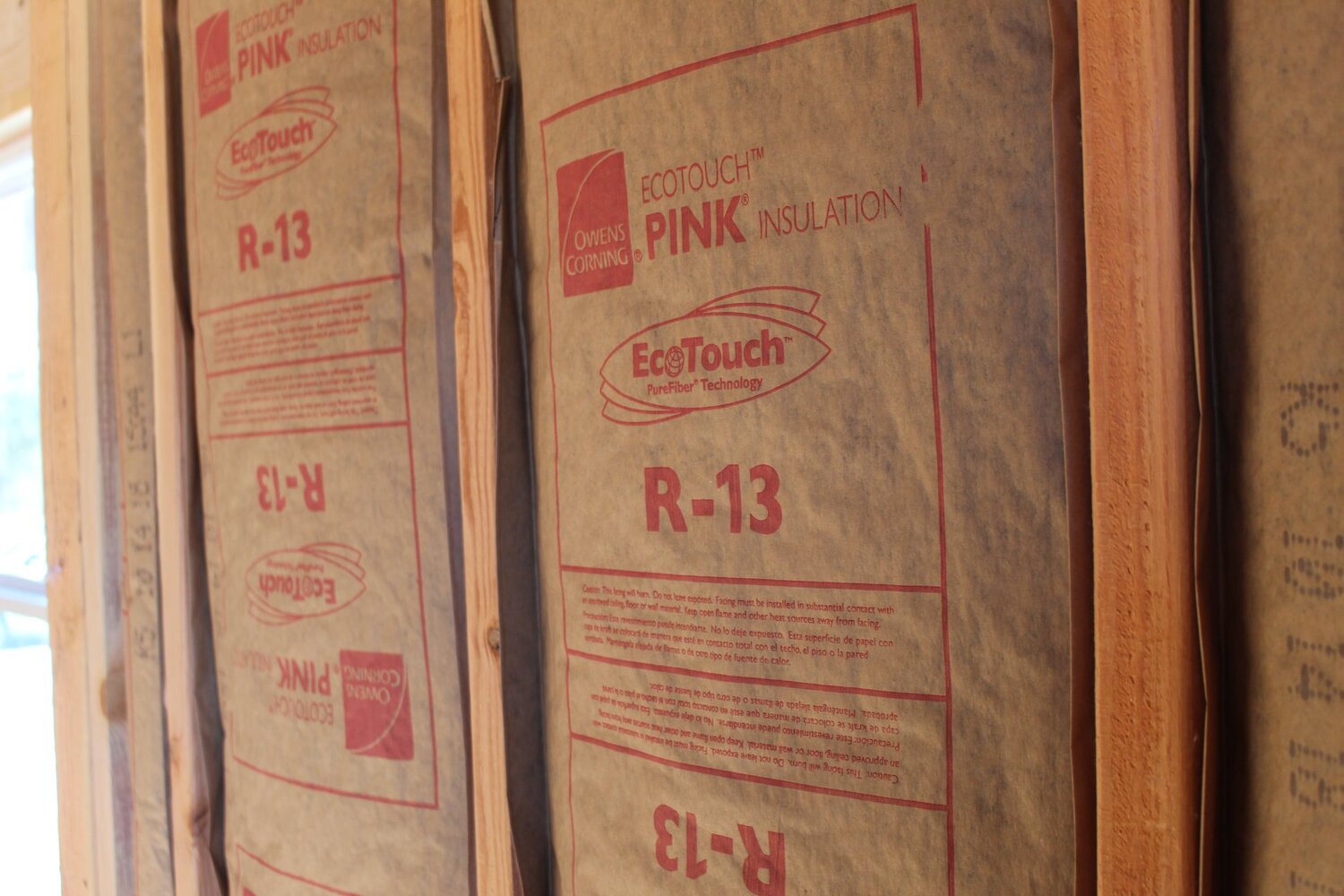
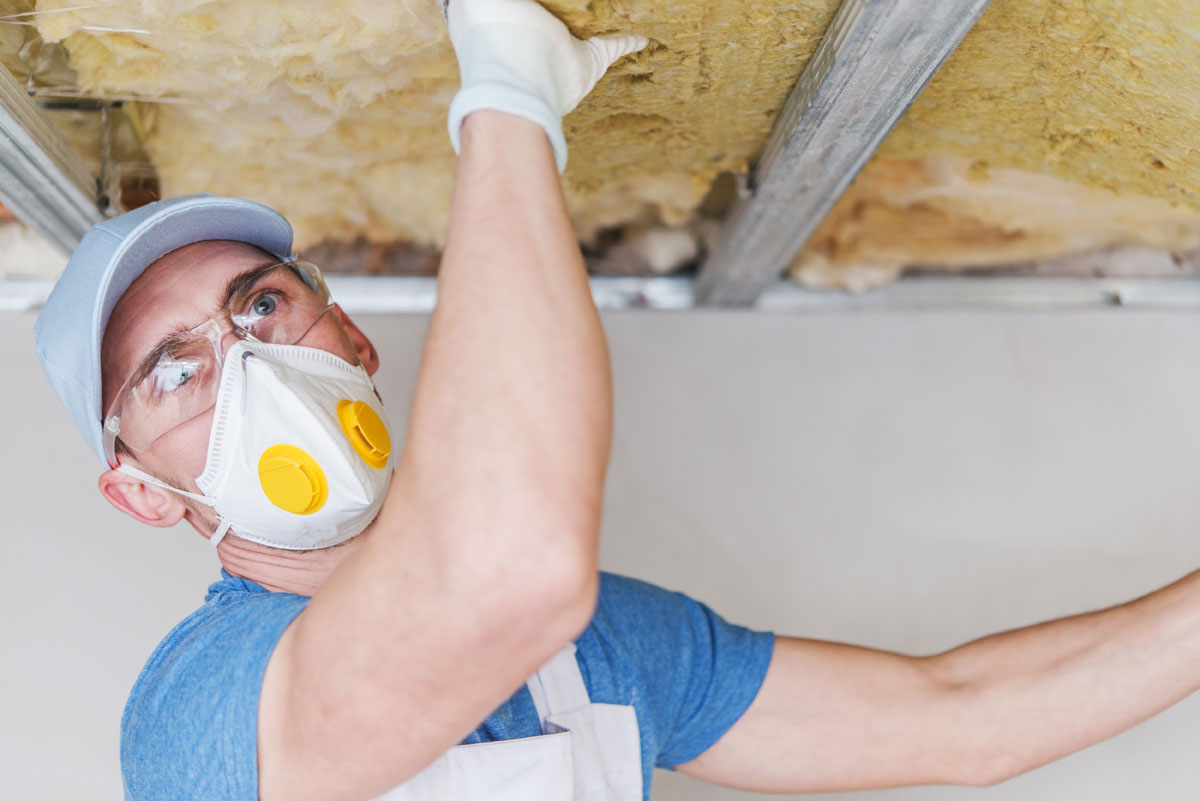

0 thoughts on “What Does R-Value Mean In Insulation”